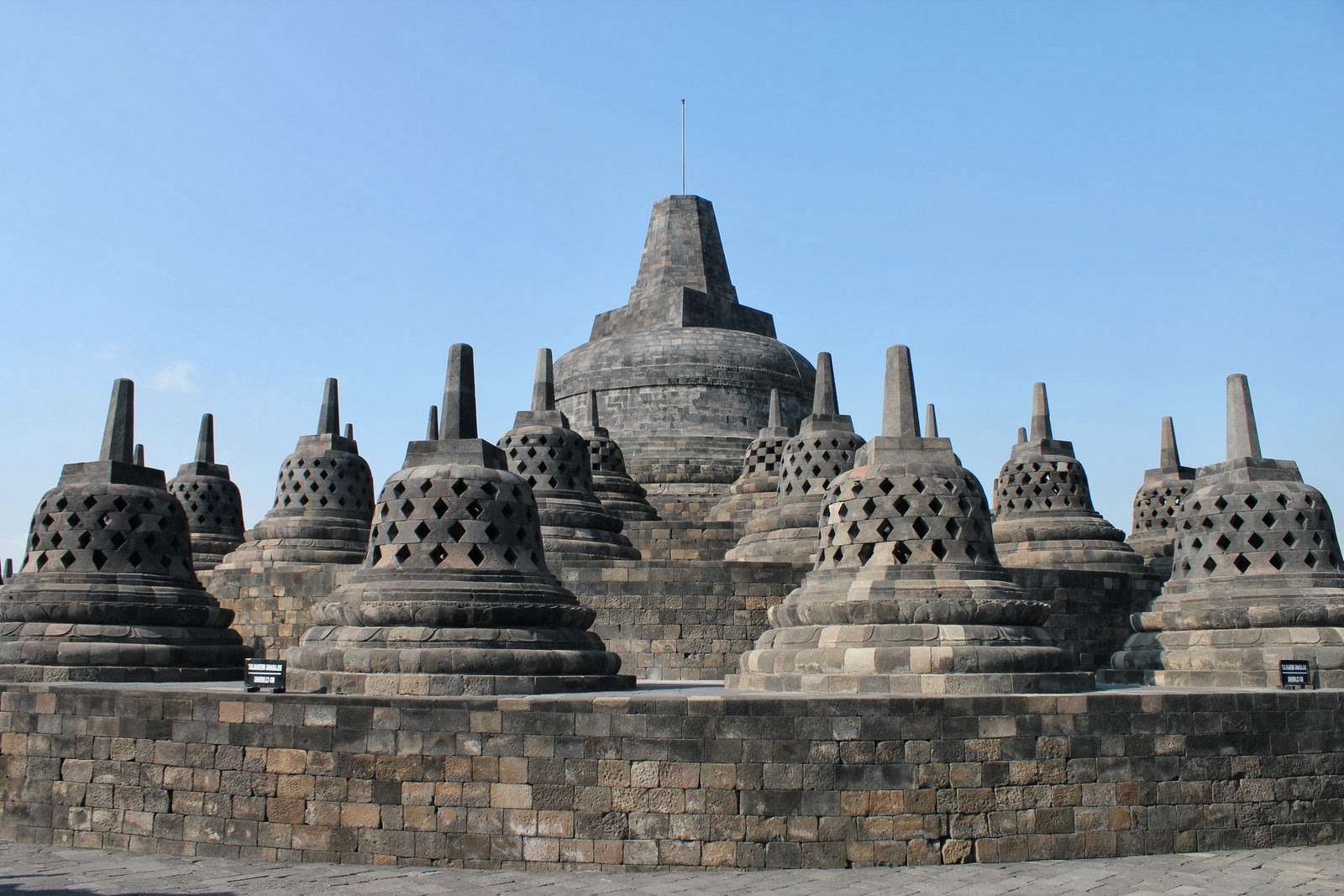Introduction
Candi Borobudur, one of the most iconic landmarks in Indonesia, is undergoing a significant transformation. Located in Magelang, Central Java, this UNESCO World Heritage Site is set to become a major destination for Buddhist pilgrims from around the world. The Indonesian government has announced plans to enhance its role as a spiritual and cultural hub, aiming to attract up to 2 million visitors annually. This initiative not only highlights the historical significance of the site but also underscores its potential to boost the local economy and promote intercultural understanding.
The Vision for Candi Borobudur

The vision for Candi Borobudur as a global religious destination was unveiled during a national coordination meeting on the acceleration of five super-priority tourism destinations. Menteri Pariwisata dan Ekonomi Kreatif Sandiaga Uno emphasized that with over 507 million Buddhists across Asia, the site holds immense potential for spiritual tourism. The government estimates that this could generate up to $2 billion in revenue per year.
This ambitious project aims to cater to the growing demand for religious travel, particularly among the Buddhist community. By enhancing the infrastructure and preserving the cultural heritage, the government hopes to create a welcoming environment for pilgrims while maintaining the sanctity of the site.
Enhancing the Spiritual Experience

One of the key components of the development plan is the restoration and installation of catra, the topmost part of the stupa. Currently stored in the Museum Karmawibhangga, the catra will be reinstalled to complete the architectural integrity of the temple. This move is expected to significantly enhance the spiritual experience for visitors, making it more authentic and immersive.
Menteri Agama Yaqut Cholil Qoumas highlighted the importance of proper planning and management in transforming Candi Borobudur into a premier religious destination. He noted that the site’s unique combination of spiritual significance, cultural richness, and natural beauty makes it an ideal location for Buddhist pilgrimages.
Infrastructure and Accessibility

To support the influx of visitors, the government is investing in infrastructure improvements. This includes the relocation of power lines underground to preserve the scenic views of the surrounding landscape. Additionally, plans are underway to construct an international-standard hospital within the Borobudur area, ensuring that visitors have access to quality healthcare services.
Another crucial aspect of the development is the enhancement of accessibility. The government has introduced specific hours for religious visits, allowing pilgrims to worship without disruption from general tourists. Visitors seeking to perform religious activities can ascend to the 10th level of the temple, a privilege not extended to regular tourists.
Cultural and Educational Initiatives
In addition to physical enhancements, the government is also focusing on cultural and educational initiatives. These include organizing events and ceremonies that align with Buddhist traditions, such as the Waisak and Asadha festivals. These events attract thousands of devotees and provide opportunities for cultural exchange and learning.
Moreover, the site is being promoted as an educational resource for both locals and international visitors. Programs are being developed to teach about the history, architecture, and spiritual significance of Candi Borobudur, ensuring that its legacy is preserved and appreciated by future generations.
Supporting Destinations

While Candi Borobudur remains the centerpiece, other nearby sites are also being developed to complement the spiritual experience. For instance, Candi Mendut, located just 3 kilometers away, is known for its large Buddha statue and intricate reliefs depicting the life of Siddhartha Gautama. Similarly, Vihara Avalokitesvara and Vihara Dharma Bhakti offer serene environments for meditation and reflection.
These supporting destinations contribute to a holistic spiritual journey, allowing visitors to explore various facets of Buddhist culture and practice. They also serve as important hubs for religious activities and community gatherings.
Conclusion
The transformation of Candi Borobudur into a global destination for Buddhist pilgrims represents a significant milestone in Indonesia’s cultural and economic development. By leveraging its rich heritage and strategic location, the site is poised to attract millions of visitors each year, fostering intercultural dialogue and promoting sustainable tourism. As the government continues to invest in infrastructure and cultural initiatives, Candi Borobudur will not only preserve its historical significance but also emerge as a beacon of spiritual and cultural exchange for the world.






